News
News / 04/08/2018 / 1411
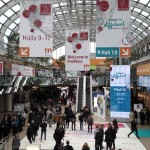
On the second day of ProWein, your feet already start to ache due to miles travelled between scheduled tastings and stand visits. Yet, the tight schedule leaves no time to unwind.
Lebanon's contemporary wine industry was largely shaped by French influences. The first French vines arrived in Lebanon from the French colonies in Algeria. The French influence was particularly strong during the period of French governance in Lebanon in the first half of the 20th century. Hence the term "Chateau" has become so common in Lebanese wine industry.
The leading Lebanese wineries are Chateau Ksara and Chateau Musar. The latter has gained worldwide fame not only thanks to exceptional wines, but also thanks to Serge Hochar, the winemaker who promoted Lebanese vineyards and wines during the civil war from 1975 to 1990 while bombs were falling around the winery walls. The Decanter magazine hence awarded him the title "Winemaker of the Year" in 1984.
At this year's ProWein, I lingered at the stand of Lebanese wineries. The first stop is exactly Chateau Musar. I often take this winery as an example that it's possible to make great wines capable of long ageing, often for decades, whilst applying principles of organic viticulture (Chateau Musar has been certified as an organic producer since 2006, they use natural yeast, minimum sulfur, no filtering or fining when it comes to red wines). Vineyard surface: 180 hectares.
Chateau Musar Red 2002 - (varietal composition: Cabernet Sauvignon, Carignan, Cinsault) I finish tasting of red wines from Chateau Musar with a wine from the harvest 2002. The nose is complex, multi-layered, mature. Aromas of sun-dried tomato, overripe cherries, black forest fruit, soft hints of leather, tobacco. On the palate, an intense irresistible taste of sour cherry, black currant, figs, black olives. Tannins mature, soft lead towards long exciting finish.
Wines from Chateau St. Thomas Winery are well-known to me because of joint cooperation and friendship with the winery owners through Wine Mosaic projects. The winemaker, Joe-Assaad Touma, was the first to make a single-varietal wine from indigenous Lebanese variety Obeidy (some Lebanese wineries use Obeidy in their white blends).
Obeidy 2017 - (varietal composition: 100% Obeidy) Pale-yellow color with greenish reflection. Dominant citrus notes on the nose with underlying floral tones. Light-bodied, refreshing, very pleasant wine. On the palate, flavors of citrus, lime, white peach.
Chardonnay St. Thomas 2016 - Chardonnay from a 25-year-old vineyard at an altitude of 1000 meters. Fermentation and aging for 6 months in the French oak barrel (300 l). An excellent example of how a lush, intense wine can also retain elegance. Aromas of tropical fruit (banana, mango, pineapple) on the nose harmoniously integrate with hints of vanilla, almond. As I taste this wine, it impresses me how intensity and fruitiness combine with flavors that originate from wood ageing. A masterpiece!
I feel sorry about Serbian winelovers who don't have an opportunity to taste wines from lesser known wine regions of France such as Cahors, Jura, Savoie, etc. Some genuine pearls are hidden in these wine regions, most often at extremely affordable prices.Jura, a region set in the east of France, is one of the smallest wine regions of France. The identity of Jura is shaped by "vin jaune", which is a sherry-like wine in style produced exclusively from Savagnin (Traminer) grapes. Vin jaune is not produced every year but only when the climate conditions permit. After fermentation, the wine is transferred to an oak barrel that is not filled to the top. That is why a layer of yeast cells ("voile") is created that partially protects the wine from oxidation (similar to flor in sherry). In order to allow "vin jaune" to be written on the label, the wine must be kept in barrel for at least 6 years and 3 months.
In the past, it was quite normal that the wine in some barrels turned into vinegar during maturing period. Nowadays, laboratories allow us to monitor the condition of wine in the barrel. That's why we have nowadays some wines that age for a shorter period than vin jaune (usually for the period of 2 years) and they are sold as Cotes du Jura Tradition. Blending with Chardonnay is permitted for these wines. They are considerably cheaper and some remarkable examples of young vin jaune can be found in the region.
Cotes du Jura Savagnin 2011 - Domaine Pierre Richard - Aged for four and a half years under the yeast cell layer (voile). A golden yellow wine in a glass. On the nose, oxidative character with aromas of hazelnut, walnut. In the mouth, extremely complex wine, sumptuous flavors of dried fruit, dried apricot, ginger, basil, honey notes, long-lasting nutty hints. With this wine you only need a piece of Comté cheese.
Vin Jaune 2008 - Domaine Pierre Richard - Aged for 7 years under the yeast cell layer (voile). Incredible wine... An array of aromas on the nose. Oxidative tones give this wine a noble patina, dominated by aromas of nuts and hay. The difference between oxidized wine and this nobility can be perceived on this example because oxidative notes contribute to complexity of this wine and create its character. If we speak about oxidation, oxidized wine turns into a linear dull impression. In a glass, I have a wine with persistent aromas of hazelnut, walnut, dried apricot, dried figs, spicy notes, clove, white pepper, propolis. Acidity contributes to this wine's freshness and promise a long life.
I continue the tour by stopping at M. Chapoutier stand.
"De l'Orée" Ermitage Blanc 2015 - M. Chapoutier - (varietal composition: 100% Marsanne) A breath-taking wine. The nose is intense, ample, multi-layered. Aromas of candied peach, citrus, spice, aniseed, acacia flower, yellow apple. The mouthfeel is precise, mineral. Full-bodied wine. On the palate, lush flavors of pear, marzipan, butter, propolis. Soft long finish. One of those wines that can easily age for 30-40 years. Current price: about 260 EUR.
Les Greffieux Ermitage 2008 - M. Chapoutier - (varietal composition: 100% Syrah) Grapes that are used for making this wine originate from a plot located at the foot of the Hermitage hill. On the nose, spicy peppery aromas, typicity of Syrah, with underlying aromas of forest berries, dark chocolate, meat. Soft, rounded wine on the palate. Plentiful tannins have lost their sharp edge. Long, harmonious finish.
Chateau de Cayx 2014 - (varietal composition: 100% Malbec) I visited the stand of Cahors wineries to taste this wine from a winery owned by the Danish royal family since 1974. When I travelled to Cahors a few years ago and visited the most important wineries of the region, I could not visit Chateau de Cayx because it is usually closed to visitors (unless you are personally invited by the Danish royal family at some of their private events). A simple wine, but still gives clear indication of French Malbec's features. In a glass, intense dense, dark red, almost black colour. On the nose, aromas of black currant, plums, blackberries. Not overtly complex. On the palate, tannins are still harsh, they will need more time. Lovely acidity.

Tomislav Ivanović
Awarded wine writer, wine critic and contributor to selected wine magazines. WSET3-certified author and editor-in-chief of www.vinopedia.rs. Member of Vojvodina Sommelier Association. Juror in national and international wine competitions. Lecturing about wines of Serbia and the Balkans. Local partner of Wine Mosaic organization. Co-founder of International Prokupac Day.

Pročitajte i druge članke iz ove rubrike:
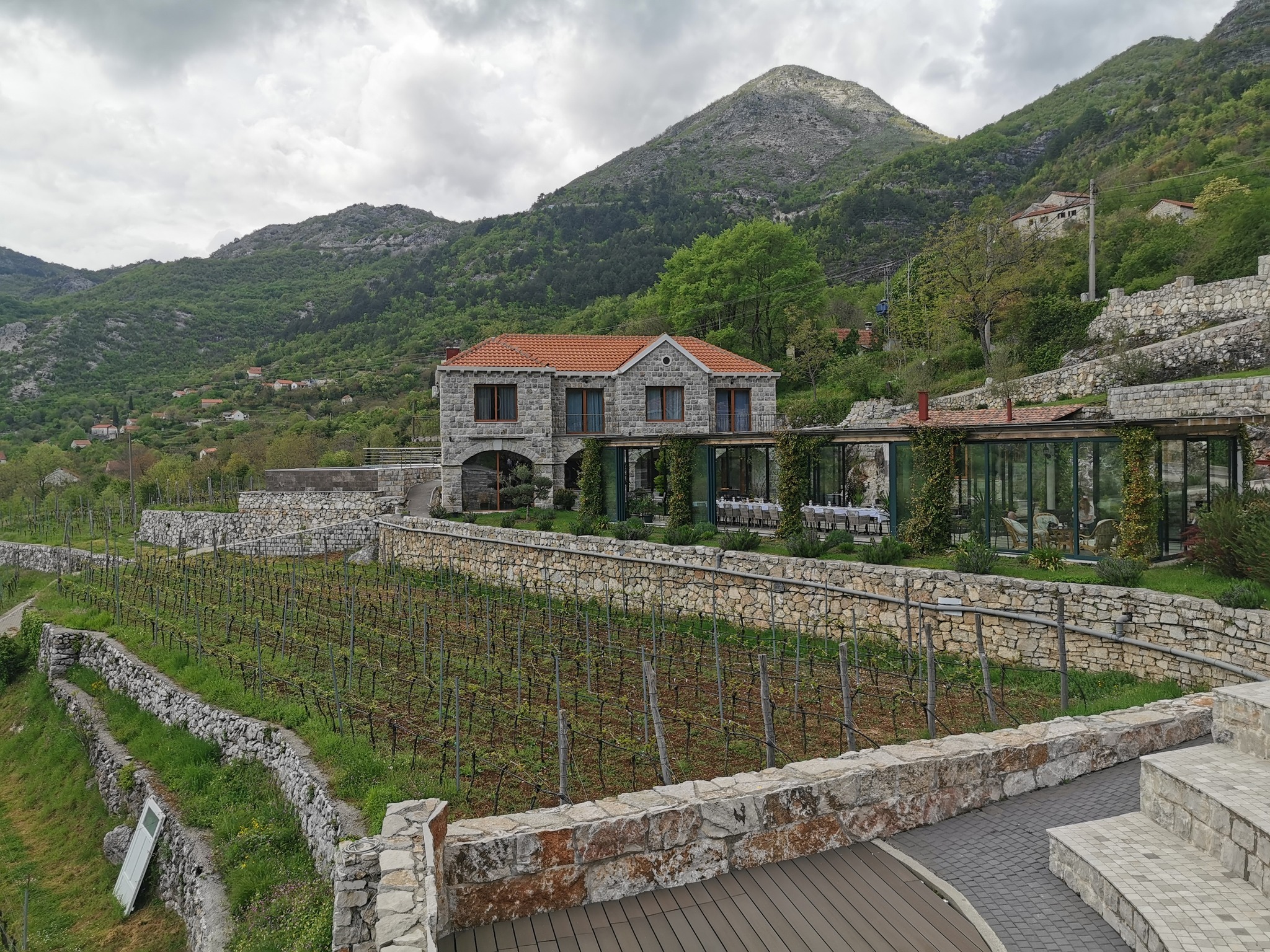

KRATOŠIJA PROBUDILA CRNOGORSKE VINARE
PROČITAJ VIŠE
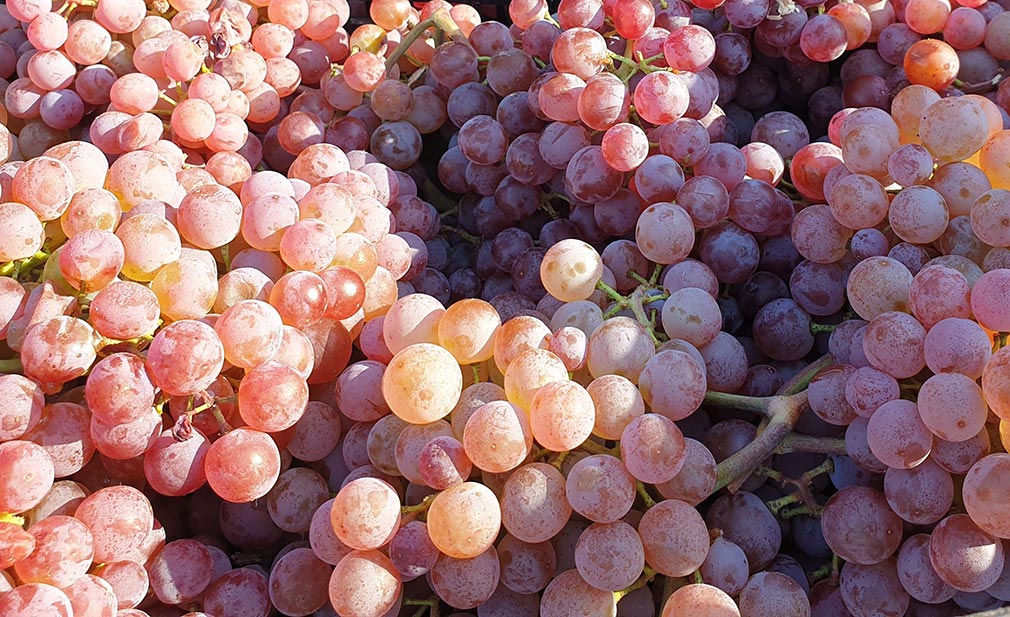

VINOPEDIA TOP 10 2024
PROČITAJ VIŠE
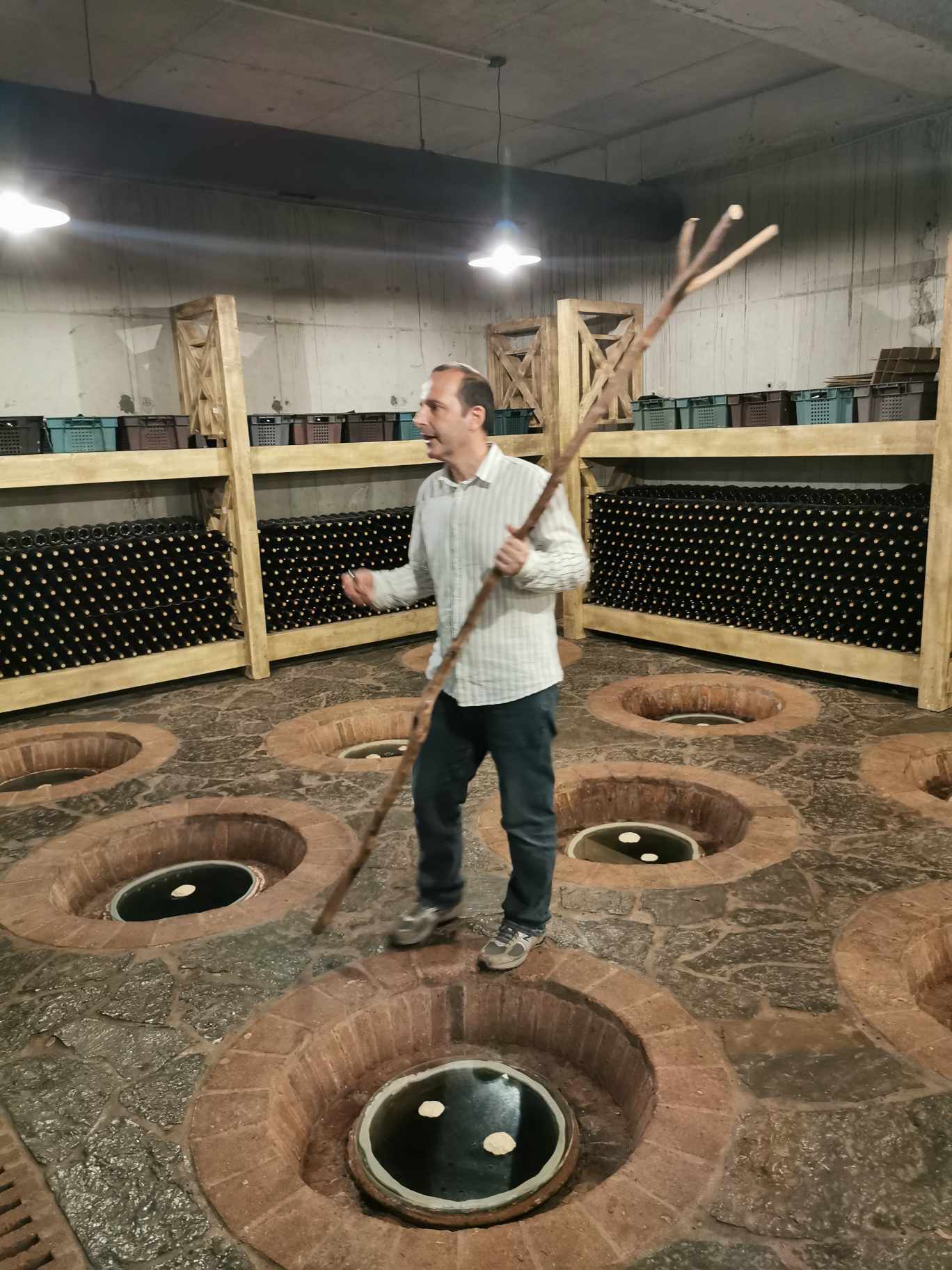

GIUAANI - VINSKI TURIZAM NA GRUZIJSKI NAČIN
PROČITAJ VIŠE


SPASIMO STARE VINOGRADE SRBIJE
PROČITAJ VIŠE
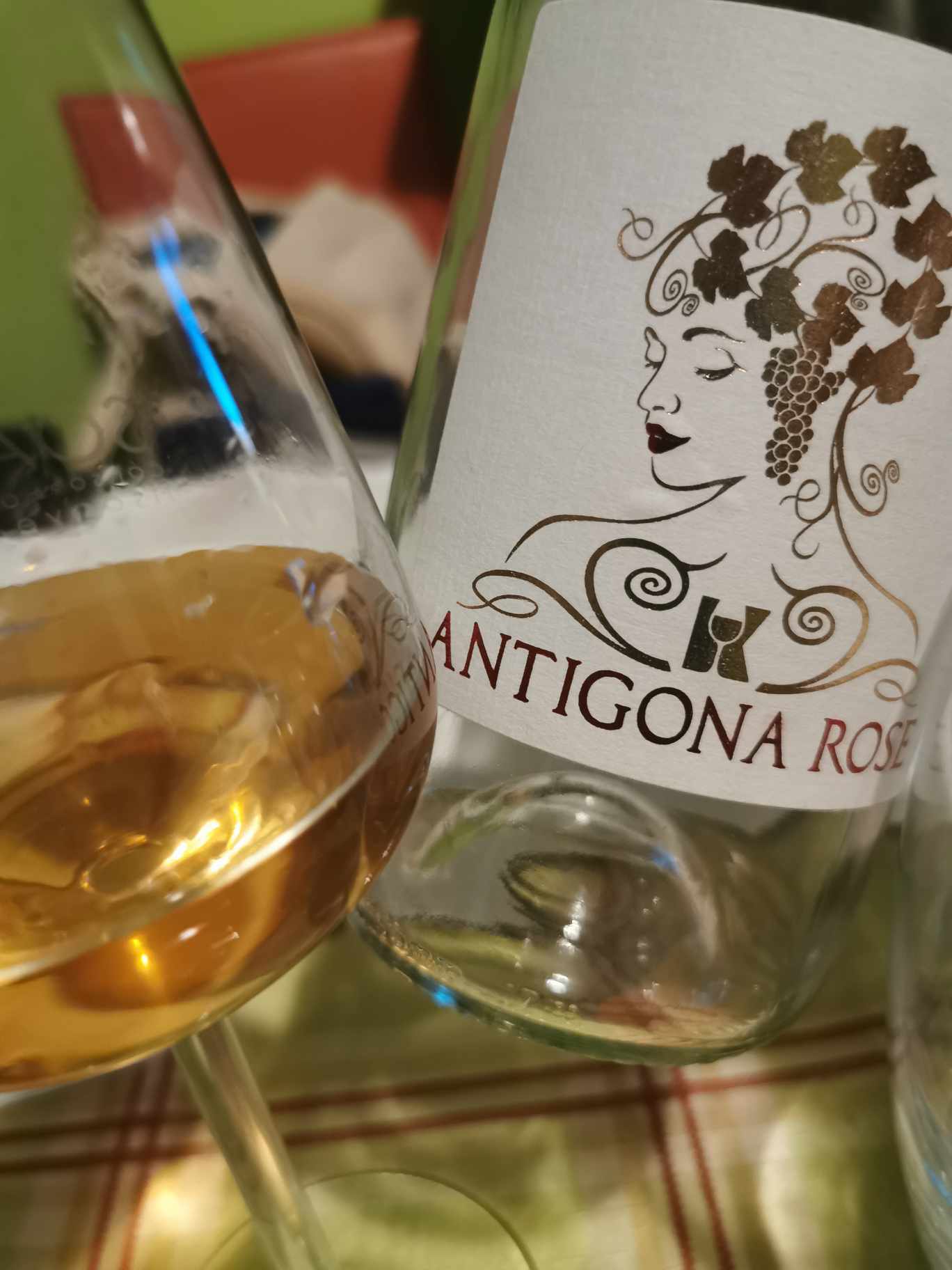

NAŠLI SMO ANTIGONU IZ ORAHOVCA
PROČITAJ VIŠE
Winner MILLESIMA BLOG AWARD 2016

Pobednik MILLESIMA BLOG AWARD 2016
VINO & FINO wine personality of the year 2016

VINO & FINO vinska ličnost godine 2016